Today’s post celebrates some of the highlights from TNOC writing in 2020. These contributions—originating around the world—were one or more of widely read, offering novel points of view, and/or somehow disruptive in a useful way. All 1000+ TNOC essays and roundtables are worthwhile reads, of course, but what follows will give you a taste of 2020’s key and diverse content. Which is not entirely about Covid, although it could have been.
Check out highlights from previous years: 2019, 2018, 2017, 2016, 2015, 2014, 2013, 2012.
But COVID is not the only story of 2020. In many ways the “normal” work of the TNOC communities gains some new impulse.
Onward. In essays, roundtables, and reviews we continue to seek the frontiers of thought found at the boundaries of urban ecology, community, design, planning, and art. The Nature of Cities advanced in a number of ways in 2020. The number of contributors has grown to over 900, and we published 100+ long-form essays, reviews, exhibits, and global roundtables. Importantly, we’ve attracted more and more readers: over two million people have visited TNOC. And in 2020 we had readers from 3,500+ cities in 150+ countries.
Thank you. We hope to see you again in 2021.
The Banner photo is Necklace, by Ligia Ceballos de Wiesner. Photo by María José. I choose this image because for me, in addition to being beautiful and the work of our dear friend Diana Wiesner’s mother, it suggests a sense of deep and rich connectivity.
Donate to TNOC
TNOC is a public charity, a non-profit [501(c)3] organization in the United States, with sister organizations in Dublin (TNOC Europe) and Paris (TNOC France). We rely on private contributions and grants to support our work, and to demonstrate grassroots support to our organizational funders. No pay-wall exists in front of TNOC content. So, if you can, please help support us. Click here to help.
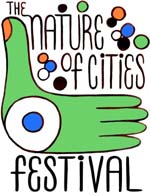 The Nature of Cities Festival
The Nature of Cities Festival
TNOC Festival pushes boundaries to radically imagine our cities for the future. A virtual festival that spans 5 days with programming across all regional time zones and provided in multiple languages. TNOC Festival offers us the ability to truly connect local place and ideas on a global scale for a much broader perspective and participation than any one physical meeting in any one city could ever have achieved. The TNOC festival will take place from 22-26 February 2021. You can register. You can propose sessions. Join us.
Roundtables

COVID. We are all confined to our homes—if we are lucky (more on that later). Which is something, since most of us are “outdoor types”, “people types”. Can we find meaning, motivation, and renewed spirit for action in this contemplative but deeply strange time? We find ourselves wondering, doubting, planning our next steps or perhaps second-guessing our last ones.
How do we pick up the pieces? What pieces are even still available to us? Which pieces should we cast aside, and leave on the ash heap? There are a few key threads in this collection of 58 people from 24 countries, and many hopeful responses.
Now that we have seen how our cities around the world truly function at their most vulnerable, what possible excuse do we now have to not emerge solely committed to fixing it? Maybe in searching for a new post-Covid “normal”, we need to act on the idea that the old normal was a big part of the problem.
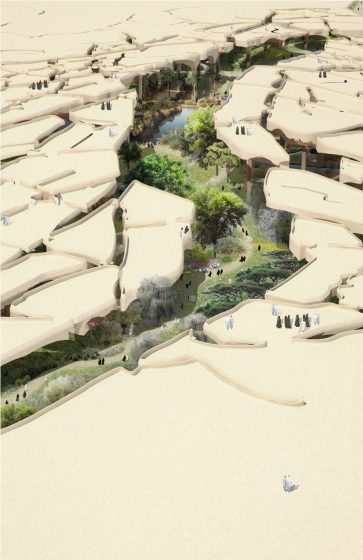 We Need an Ethical Code for Water
We Need an Ethical Code for Water
After a workshop held at “The Nature of Cities Summit” (Paris 2019), a group of TNOC contributors committed to meeting regularly in order to establish an ethical basis for water use and management.
This document is a preliminary draft of our understandings, hopefully a basis for many conversations and policy discussions as more and more stakeholders address the principles laid out. The document also represents a simple guide for ethical actions with regard to water.
Art and Exhibits
During COVID-19, The Urban Ecological Arts Forum at The Nature of Cities, sometimes known as FRIEC, is bringing to life virtual exhibition spaces, highlighting current exhibitions on urban ecological themes that would otherwise be impossible to experience due to the closure of cultural facilities. We did five such exhibits in 2020. All are remarkable. Here are two.
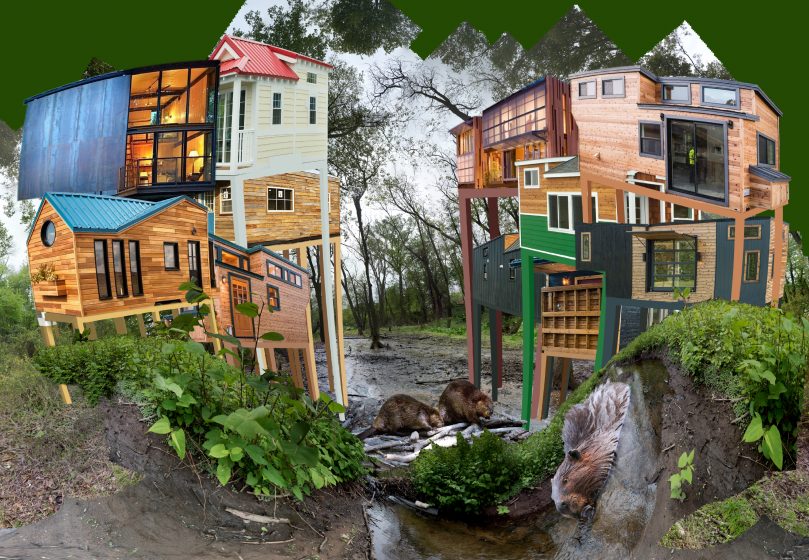
This exhibit draws upon the USDA Forest Service’s Stewardship Mapping and Assessment Project, which is a dataset of thousands of civic stewardship groups’ organizational capacity, geographic territories, and social networks. The show features 4 artists whose work aligns with the themes of community-based stewardship, civic engagement, and social infrastructure. Through photography, drawing, book arts, and performance, these artists reflect upon, amplify, and interpret the work of stewards and the landscapes and neighborhoods with which they work.
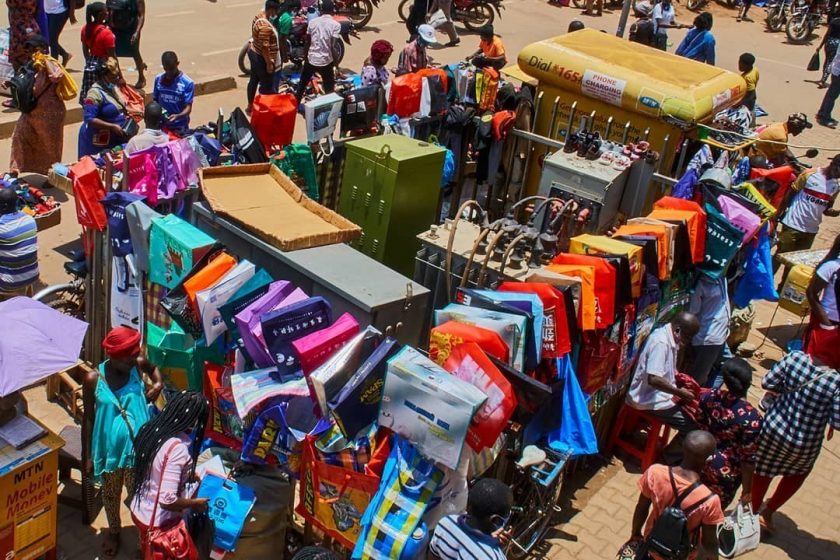
Hidden Flows — photographers uncover the invisible flows in African cities
The exhibition emerged out of a need to enrich current conversations about resources, infrastructure and services in African cities. The images and stories shared here portray the diverse ways in which we resource our cities, the unique cultures that emerge because of this, and the value that private actors contribute to our societies. The dialogues which accompany this exhibition seek to invite more perspectives into the conversation on urban resources, to connect quantitative and qualitative understanding of our cities, champion the value of creative expression in meaning making, and reflect on internal and external portrayals of African cities.
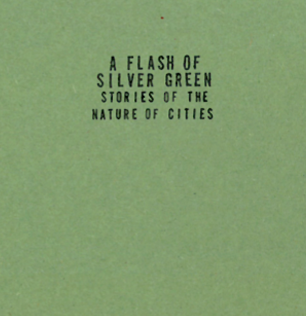 Stories of the nature of cities 1/2 hour
Stories of the nature of cities 1/2 hour
We launched “Stories of the Nature of Cities 1/2 Hour” in 2020, a monthly series of readings from TNOC’s collection of very short fiction about future cities. Each episode is 30 minutes and features two readings and then a conversation between the authors and an urban practitioner. You can catch them live the first Thursday each month, or you can watch and listen to the recordings.
The stories are drawn from the book of flash fiction (less than 1000 words) on future cities TNOC and partners created, called “A Flash of Silver Green”.
Essays
Enabling Access to Greenspace During the Covid-19 Pandemic—Perspectives from Five Cities
David Barton, Oslo. Dagmar Haase, Berlin. André Mascarenhas, Berlin. Johannes Langemeyer, Barcelona. Francesc Baro, Barcelona. Christopher Kennedy, New York. Zbigniew Grabowski, Millbrook. Timon McPhearson, New York. Norun Hjertager Krog, Oslo. Zander Venter, Oslo. Vegard Gundersen, Oslo. Erik Andersson, Stockholm.
Using Google mobility data, Urban resilience researchers in New York, Barcelona, Berlin/Halle, Oslo, and Stockholm provide local perspectives on the importance of access to greenspace. While we hope the pandemic and its suffering soon will pass, understanding the importance of greenspace for urban resilience must continue with renewed force.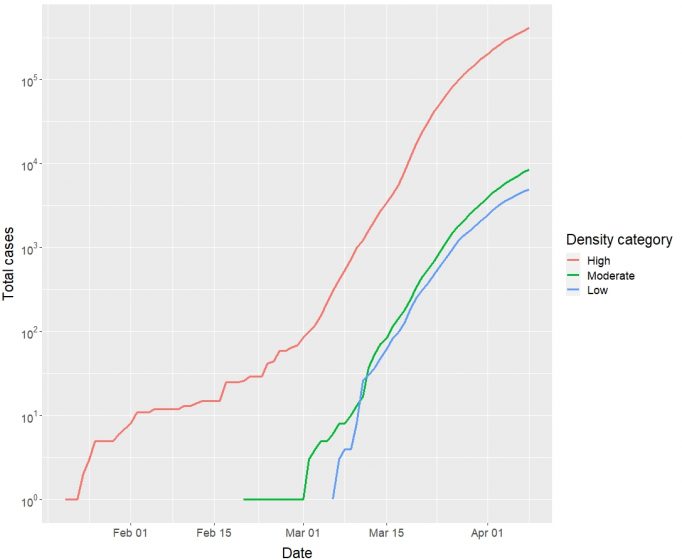
Cities Are Not to Blame for the Spread of COVID-19—nor Is the Demise of Cities an Appropriate Response
Rob McDonald, Washington, DC. Erica Spotswood, Oakland
Humanity will not and should not abandon our cities because of coronavirus. Rather, we should view this horrible pandemic as a spur to improve upon, to make universal, and to include nature in humanity’s amazing invention of the Sanitary City.
The Place of Nature in Cities: Taking Inspiration from Singapore
Perrine Hamel, Singapore
Taking lessons from Singapore seems difficult as cities in each have their own strengths and legacies. What seems safer to say, however, is that Singapore’s long history of urban ecological experiment can inspire others in the region and around the world.
Re-envisioning Cities Through Bottom Up Neighbourhood Planning, Not Top Down Master Planning
PK Das, Mumbai
A sustainable ecology of cities is possible when we successfully combine environmental and socio-economic dimensions equally in our plans and actions. In fact, it is the extent of their integration and inclusion that should form a criterion by which we evaluate our success.
Gifting a White Elephant, In the Form of Green Infrastructure
Amanda Phillips de Lucas, Baltimore
White Elephant: 2. figurative. A burdensome or costly objective, enterprise, or possession, esp. one that appears magnificent; a financial liability. The history of green infrastructure implementation in Baltimore shows that what communities care about and care for has been co-opted into practices of maintenance for others. The current state of many facilities demonstrates this approach is not effective. It is time to experiment with a new way forward.
Crisis Reveals the Fault Lines of Gender in Environmentalism—How Do We Value Everyday Environments?
Nathalie Blanc, Paris. Sandra Laugier, Paris. Pascale Molinier, Paris. Anne Querrien, Paris
Neglecting gender and the unequal dimension of access and decision-making rights would doom environmental movements to failure. Let us be imaginative. What does it mean to revisit what the promise of equality means in terms of integrating the importance of gender in socio-environmental inequalities?
The Shape of Water, the Sight of Air, and Our Emergence from Covid
Lucie Lederhendler, Montreal
When commuters once again gather at the metro station, they will join the sound of fauna and the fragrance of flora in an atmosphere of palpable connections. Perhaps we may insist on sharing that space with a revived sense of the need for a radical redistribution of resources and care.
The Green Cloud, A Rooftop Story from Shenzhen: A “Living” Sponge Space Inside an Urban Village
Vivin Qiang, Shenzhen. Xin Yu, Shenzhen
On the opening day, The Nature Conservancy invited politicians from Water, Urban Administration and Housing Construction divisions, press, and professionals across sectors of the city to bear witness to this innovative project. The green rooftop became not only a living space for nature, but also a living space for communities.
Renewable Rikers as a Blueprint for a Sustainable City
Rebecca Bratspies, New York City
On 29 January 2019, New York City Council held a hearing on a trio of bills collectively known as “Renewable Rikers”. Rikers is currently home to the most infamous prison in New York City—the Rikers Island correctional facility an island penal colony with one lone bridge connecting it to the rest of the City. Renewable Rikers is an opportunity to end an old, but ongoing wrong. For too long, New York City has disproportionately sited its polluting infrastructure in low-income communities and communities of color.
What I Know Now: The Need for “Good Trouble” to Build an Anti-Racist Science of Ecology
Steward Pickett, Poughkeepsie
What does anti-racism mean for my profession, the science of ecology? We must identify how ecology as a science—which is itself in part a social system of researchers, teachers, and practitioners—can rise to the extraordinary crises that 2020 has highlighted so distressingly.
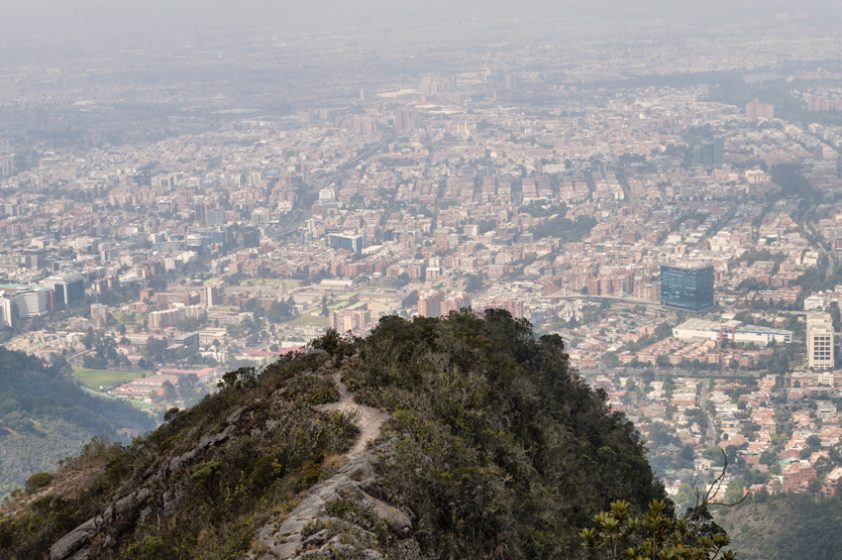
The Hills Save Us
Diana Wiesner, Bogota
This work is long and has not been easy. Sometimes we are discouraged by lack of resources and understanding, by violence, by increases in poverty, by politics, by the realities of Colombia. But our hope is still alive, and we remain motivated to contribute our little piece of peace to the life of this beloved corner of the hills of Bogota.

Four Recommendations for Greener, Healthier Cities in the Post-Pandemic
Takemi Sugiyama, Melbourne. Nyssa Hadgraft, Melbourne. Manoj Chandrabose, Melbourne. Jonathan Kingsley, Melbourne. Niki Frantzeskaki, Melbourne. Neville Owen, Melbourne
City leaders and urban planners should use COVID-19 recovery strategies and associated resources to enhance existing green spaces, and to support those who are already motivated to maintain their physical activity into the future.
Parks are Critical Urban Infrastructure: The Use of Urban Green Space in New York City During COVID-19
Timon McPhearson, New York. Christopher Kennedy, New York. Bianca Lopez, Amherst. Emily Maxwell, New York.
More people are changing how they use green and open spaces in New York during COVID-19, but we found the perception of access to these spaces remains unequal, and reduction in funding further compromises the ability of parks managers and city officials to manage these significant shifts in use.


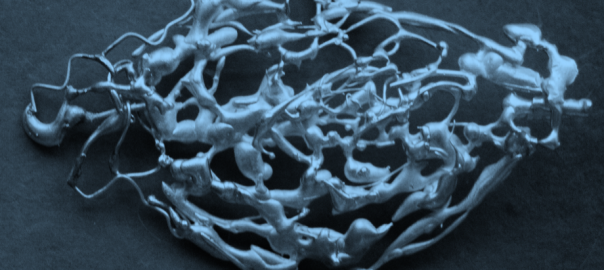

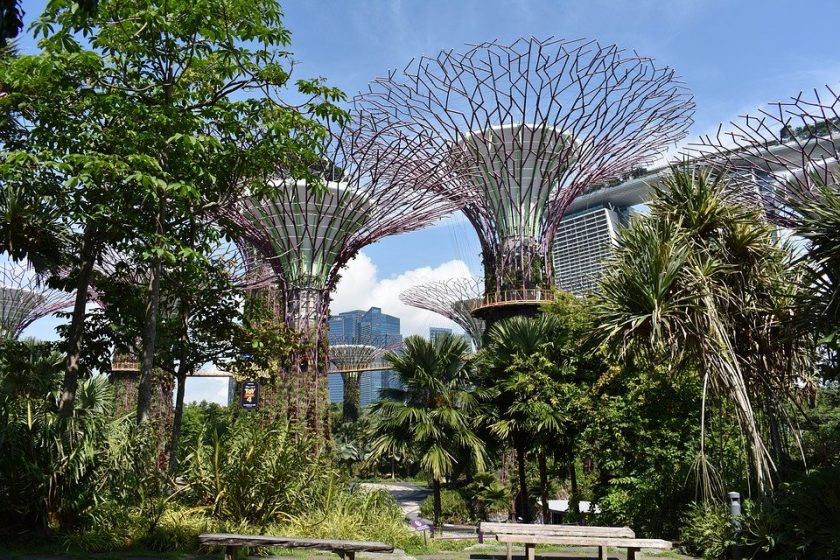

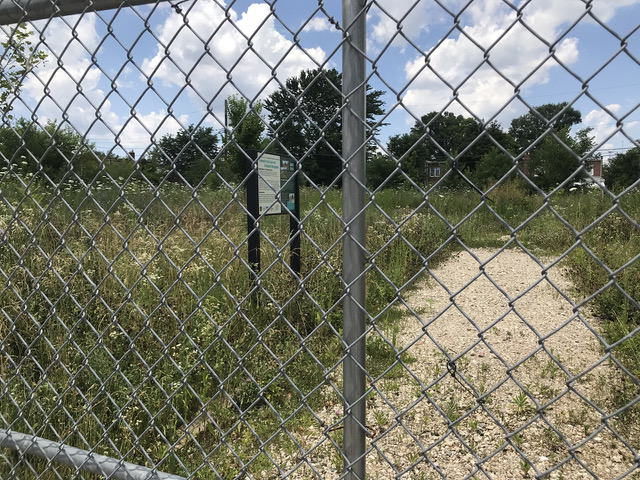
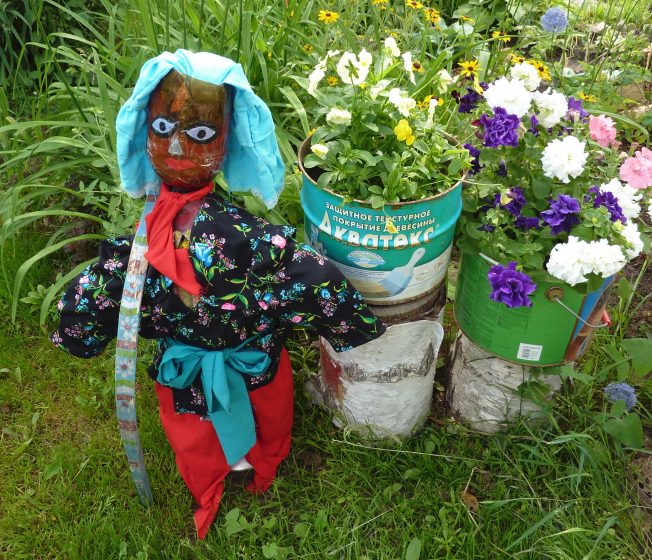
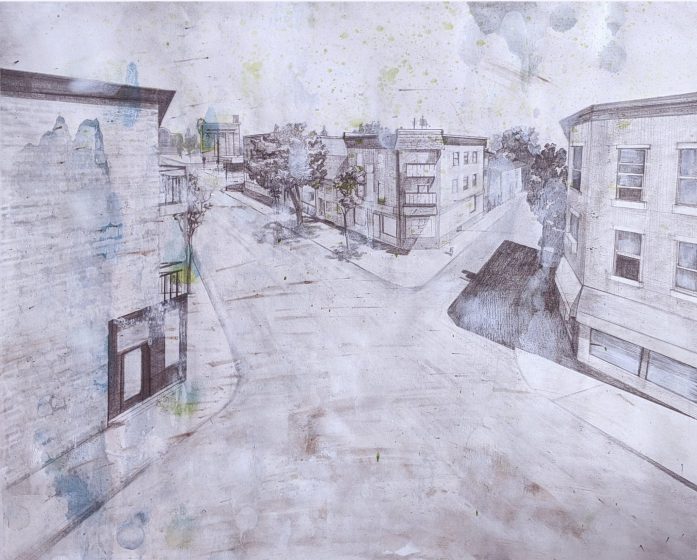
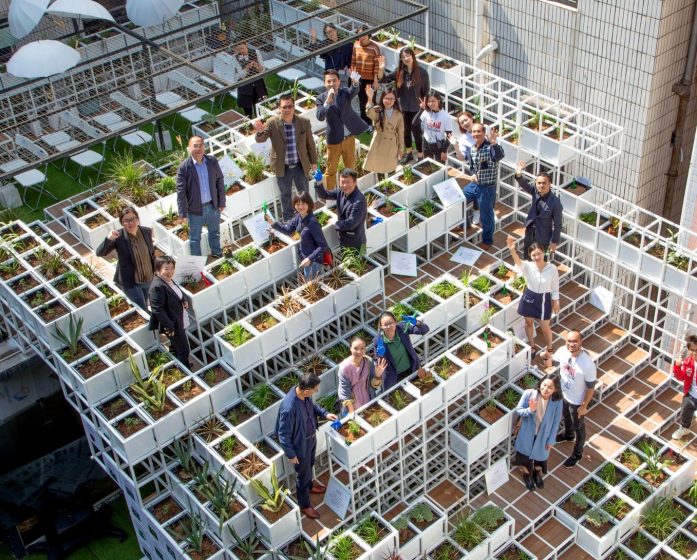
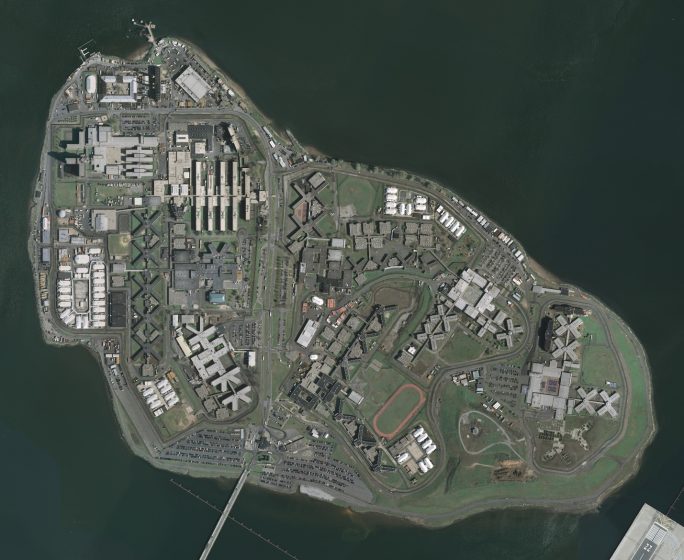
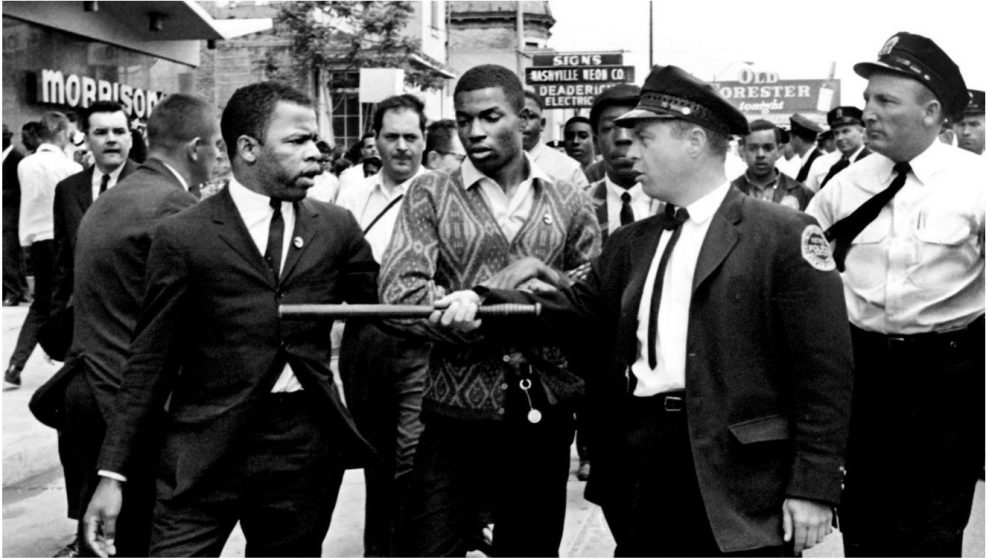
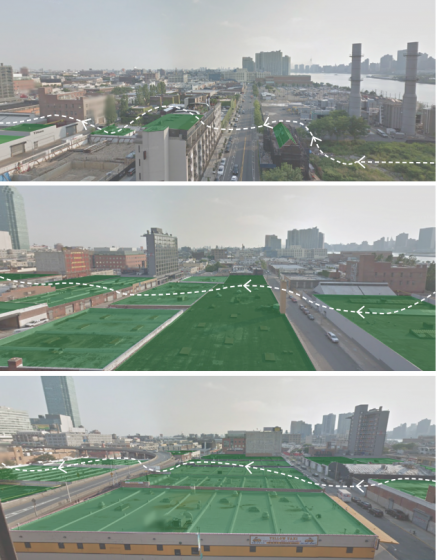
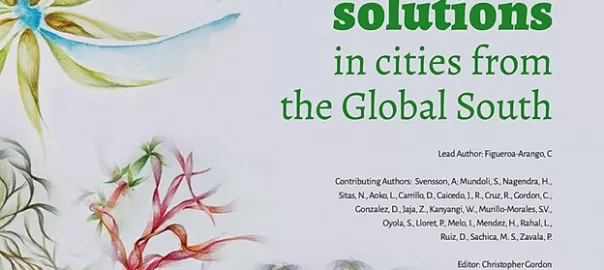
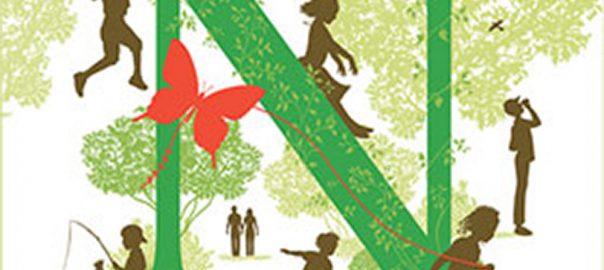
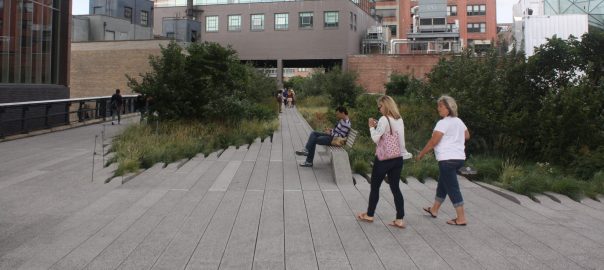
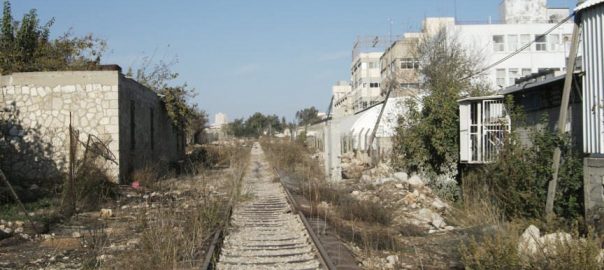
Leave a Reply